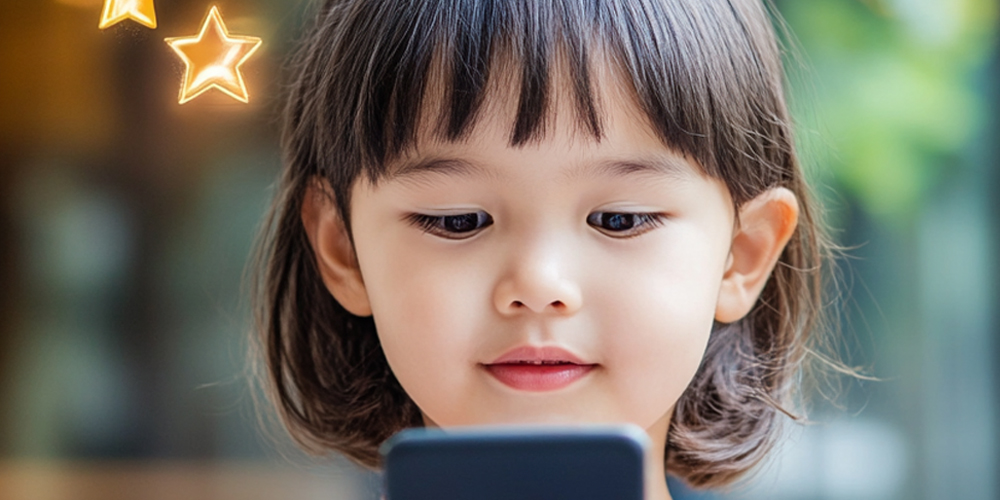The Rise of WhatsApp Reactions
Understanding WhatsApp Reactions
WhatsApp reactions were introduced to enhance user engagement and improve communication efficiency. Instead of sending a lengthy text in response to a message, users can simply react with an emoji. This feature is designed to make conversations quicker and more dynamic, catering to the fast-paced nature of modern life.
Why Reactions Matter
In today’s fast-paced world, efficiency is crucial. People juggle multiple conversations and commitments, making quick communication essential. WhatsApp reactions allow users to acknowledge messages promptly. This feature not only saves time but also adds a layer of engagement that text responses often lack.
The Adoption of Reactions
The introduction of reactions has been widely welcomed by users. The range of emojis available allows for nuanced responses, making conversations feel more personal. As users become more accustomed to this feature, it is likely that the reliance on reactions will continue to grow.
Enhancing Emotional Expression
Conveying Emotions Through Emojis
Emojis have transformed how we express emotions in digital communication. WhatsApp reactions take this a step further by allowing users to convey feelings with a simple tap. This capability enables a more personalized touch in conversations, making it easier to communicate sentiments that might be challenging to articulate in words.
The Psychology Behind Reactions
Research indicates that non-verbal communication, such as facial expressions and body language, significantly impacts how messages are interpreted. Emojis serve as a form of non-verbal communication in text, bridging the gap created by the absence of physical presence. When someone reacts with a smiley face or a heart, it can evoke positive feelings and strengthen social bonds. This emotional connection is particularly important for maintaining relationships, especially when interactions occur remotely.

The Power of Instant Feedback
WhatsApp reactions provide instant feedback in conversations. When someone reacts to a message, it can quickly validate the sender’s feelings or thoughts. For example, a thumbs-up can confirm agreement, while a laughing emoji can indicate that something is amusing. This immediacy enhances the overall communication experience and fosters a sense of connection.
The Impact on Group Chats
Facilitating Group Dynamics
In group chats, WhatsApp reactions serve as a valuable tool for enhancing communication. Rather than everyone responding with text, participants can react to messages, creating a more cohesive conversation. This approach minimizes the clutter of text-based replies and allows users to gauge the overall sentiment of the group quickly.
Encouraging Engagement
Reactions encourage participation in group chats. When members see their reactions acknowledged by others, it fosters a sense of belonging and motivates them to contribute. This increased engagement can lead to more dynamic discussions and a stronger community feel within the group.
Managing Group Conversations
Group conversations can often become overwhelming, with messages flying in from multiple participants. In such scenarios, WhatsApp reactions help streamline discussions. Users can quickly react to a message, indicating agreement or appreciation without derailing the conversation. This efficiency allows for smoother interactions and helps maintain focus.
Setting the Tone of Conversations
In group settings, the tone of conversations can shift quickly. A single reaction, such as a heart or a thumbs-up, can set a positive tone, encouraging more uplifting dialogue. Conversely, negative reactions may lead to discussions becoming tense or serious. Understanding how reactions impact group dynamics can help users navigate conversations more effectively.
The Evolution of Digital Communication
From Text to Reactions
Traditional text-based communication can sometimes lead to misunderstandings. The absence of tone and context in written words makes it easy for messages to be misinterpreted. With WhatsApp reactions, users can provide immediate feedback, reducing the chances of confusion. A simple thumbs-up can indicate approval or agreement without needing to write a response.
Adapting to Changing Preferences
Younger generations increasingly prefer visual communication, and platforms like WhatsApp are adapting to meet these preferences. Reactions resonate with users who favor quick, visually engaging interactions over lengthy text messages. This shift emphasizes the importance of innovation in digital communication, ensuring that platforms remain relevant and user-friendly.
Embracing Informality
WhatsApp reactions reflect a broader trend toward more informal communication styles. Compared to traditional methods, users are embracing casual interactions that prioritize brevity and expressiveness. This cultural change signifies a shift in how we connect, emphasizing authenticity and relatability in our conversations.
Challenges and Considerations
The Limitations of Reactions
While WhatsApp reactions offer many advantages, they also come with certain limitations. Not all emotions can be effectively conveyed through emojis. Some users may prefer more detailed responses that provide context and depth. In situations where nuanced communication is required, reactions may fall short.
Balancing Digital and Personal Communication
As reactions become more prevalent, it’s crucial to strike a balance between digital interactions and personal communication. Over-reliance on emojis can lead to a decline in meaningful conversations. Users should be encouraged to combine reactions with thoughtful responses to maintain depth in their interactions. This balance ensures that conversations remain rich and fulfilling.
Misinterpretations and Ambiguities
Despite their usefulness, reactions can sometimes lead to misinterpretations. Different people may interpret emojis in various ways, leading to confusion. For example, a thumbs-up could be seen as agreement or as a way to end the conversation. Users should be mindful of these potential ambiguities and consider providing additional context when necessary.
The Future of WhatsApp Reactions
Innovations on the Horizon
As WhatsApp continues to evolve, it’s likely that the platform will introduce new features to enhance reactions further. Innovations could include additional emojis, animated reactions, or customizable options that allow users to create their own responses. Such developments would cater to the growing demand for personalized communication tools.
The Role of AI in Communication
Artificial intelligence (AI) is set to play a significant role in shaping the future of communication. WhatsApp could leverage AI to analyze user interactions and suggest appropriate reactions based on the context of conversations. This capability could make it even easier for users to express their feelings and streamline communication.
Social Media Integration
As social media platforms continue to influence digital communication, WhatsApp may explore ways to integrate reactions across different platforms. This integration could allow users to react to messages not only within WhatsApp but also on other social media channels. Such a feature would create a more unified communication experience across platforms.

Cultural Implications of WhatsApp Reactions
Influencing Language and Communication Styles
The introduction of WhatsApp reactions has influenced language and communication styles. Users are increasingly adopting emojis as part of their everyday vocabulary. This shift raises questions about the future of language and how digital communication will evolve. Will emojis become a recognized form of language? How will this impact our ability to communicate effectively?
Generational Differences in Communication
Different generations approach communication differently. Younger users may find it easier to express themselves through emojis and reactions, while older users might prefer traditional text. Understanding these generational differences can help foster better communication across age groups.
Shaping Online Communities
WhatsApp reactions have the potential to shape online communities by fostering a sense of belonging. When members of a group chat actively use reactions, it creates a more inclusive environment. This inclusivity can enhance the overall user experience, making individuals feel valued and connected.
Final Thoughts
As we look to the future, it’s clear that features like WhatsApp reactions will play an increasingly important role in how we connect with one another. By understanding and utilizing these tools effectively, we can enhance our communication and strengthen our relationships in the digital world. The power of emojis and reactions lies in their ability to make our interactions more personal, engaging, and expressive, ensuring that we can connect with others in ways that resonate deeply.
In this ever-evolving communication landscape, staying adaptable and open to change will allow us to harness the full potential of platforms like WhatsApp. As we embrace innovations like WhatsApp reactions, we pave the way for a richer, more vibrant digital communication experience that reflects our diverse emotions and connections.
Conclusion
In summary, WhatsApp reactions are reshaping the way we communicate in the digital age. They enhance emotional expression, facilitate group dynamics, and reflect the ongoing evolution of digital communication. While challenges exist, the benefits of this feature are undeniable. As we continue to navigate an increasingly digital world, embracing these changes will be crucial for fostering meaningful connections.